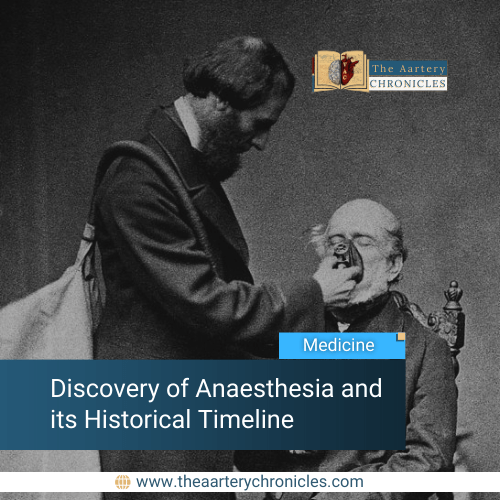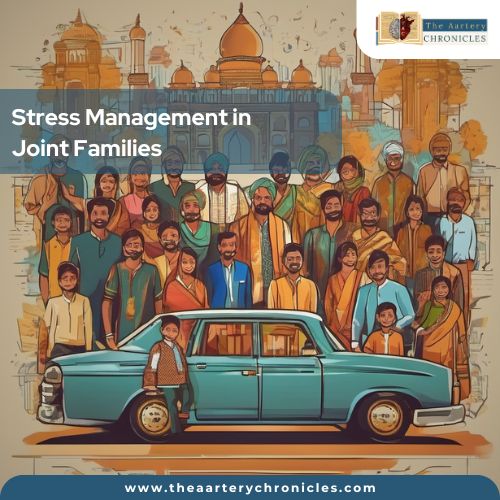A Medical Marvel: Discovery of Anaesthesia and its Historical Timeline
Reading Time: 6 minutesIn this article, we will explore the captivating journey of anesthesia’s evolution across a historical timeline.
A Medical Marvel: Discovery of Anaesthesia and its Historical Timeline Read More »
Editorial, Medicine and Diseases





